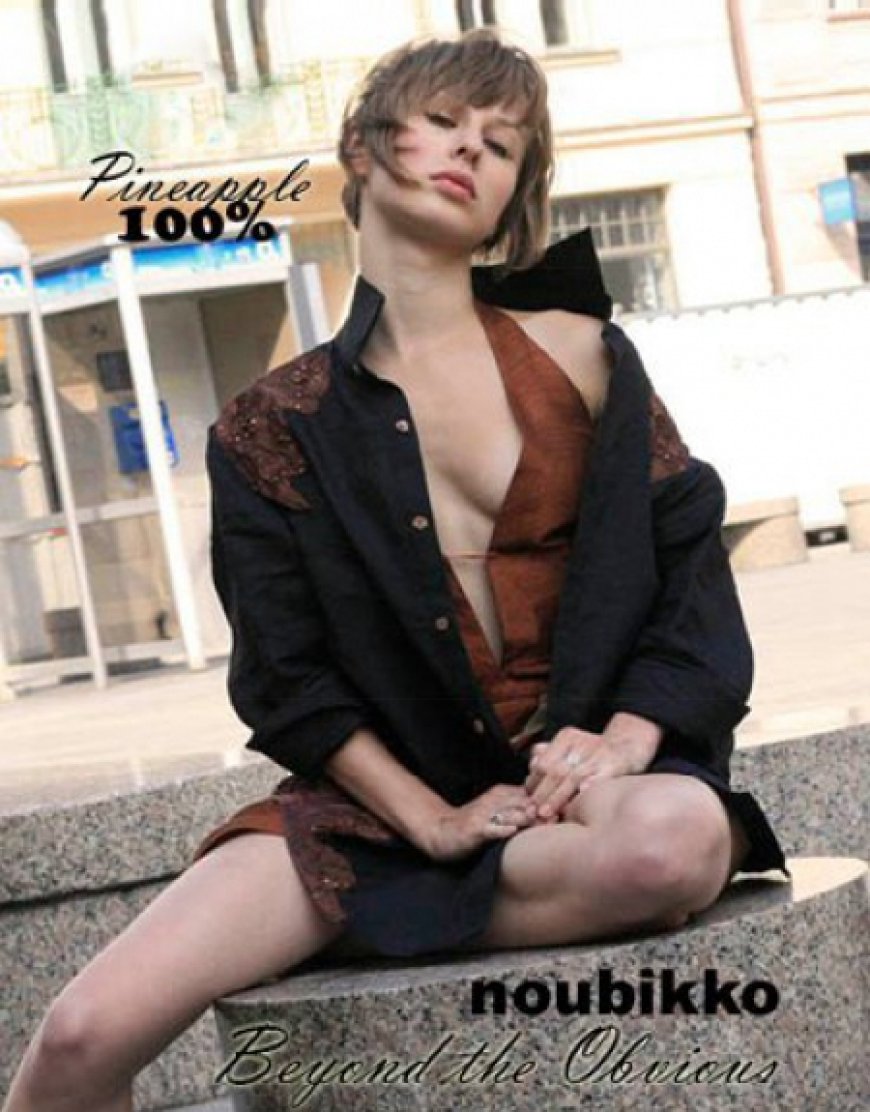Violinist Augustin Hadelich headlines San Diego Symphony with Sibelius ‘epic tale’



I remember it clearly though it was years ago. Playing a 325-year-old Stradivarius, this burn-accident survivor and relative unknown established his chops early with a beautifully measured (and thankfully uncloying) rendition of Rachmaninoff’s Vocalise.
But what he did after the intermission with Tchaikovsky’s frankly overplayed Violin Concerto was something else again. Simultaneously effortless and fully felt, his performance balanced grit and polish to make Tchaikovsky’s concerto seem what it often does not: interesting and artistically substantial.”
The relative unknown whose playing so impressed me in 2008 was Italy-born, German-American Augustin Hadelich, now 41 years old and, if not yet a household name, very probably the planet’s most booked violinist. In 2024 alone, Hadelich played seventeen different concertos (for context, the great Itzhak Perlman is said to have performed twenty per season at most).
And by the time of his San Diego Symphony appearances on Nov. 14 and 15, he’ll have played a very active 103 dates (from Sibiu, Romania, to Logan, Utah) in 2025.
What accounts for Hadelich’s popularity? It’s definitely not stage flash; he simply stands and calmly plays. Closer to the mark is the combination of a limpidly focused but emotively warm tone, good taste (even when he’s playing Daniel Bernard Roumain’s Jimi Hendrix-inspired Filter), and his technically masterful playing’s capacity to thrill. If that combination reminds you of anyone, it might be the great Ukraine-born “violinists’ violinist” David Oistrakh.
When I recently asked Hadelich which other violinists he listens to, he admitted the influence. “To be honest, listening to violinists feels a bit like work to me,” he replied. “I cannot switch my violin brain off! Every moment I’m thinking about how I would play it, or making notes about details I like. That being said, I will always love David Oistrakh, whose recordings were always such an inspiration for me growing up!”
That growing up was done in a musically minded German farming family in Tuscany, Italy. After taking up the violin at five, by ten Hadelich was playing with ensembles in Italy and Germany. Shrugging off a tractor fire at age fifteen that injured his bowing arm (some doctors told him dreams of a professional career were dead), Hadelich earned admission to Juilliard. Two years later he leveraged a 2006 Gold Medal at the International Violin Competition of Indianapolis to get his first recording opportunity (Telemann for Naxos), win an Avery Fisher Career Grant, and begin his almost two-decade run of steady bookings with the world’s elite orchestras.
From his first short-notice substitution at the Hollywood Bowl in 2008, Southern California has opened its arms to Hadelich, who became a U.S. citizen in 2014 and lives in New Haven. Since at least 2010, he’s appeared very regularly if not annually in San Diego, mostly often for the La Jolla Music Society’s Summerfest. Since at least 2012 he’s also begun appearing intermittently with the San Diego Symphony. He and Joshua Bell were the two soloists who headlined for the Symphony’s landmark mainland China tour of 2013.
Hadelich has performed concertos by Beethoven, Bach, Shostakovich, Mozart and Barber in San Diego, but November’s dates will be his first local Sibelius concerto since a canceled date with the symphony in January 2024. But the Violin Concerto in D minor, Op. 47 — among the top 5 to 10 most frequently programmed violin concertos worldwide — has a very long history with Hadelich. It was one of the many concertos that his amateur-cellist father pushed him to learn early, and there’s still a Youtube a video of him playing it (rather well) in Brazil, aged 13.
“From the first time I heard it,” Hadelich admitted, “I found this piece so exciting and so passionate. It instantly became one of my favorites and that has never changed. Initially, I was mostly enthusiastic about the virtuosic and beautiful solo part. Later, over the years as I played it with many orchestras, I came to appreciate the colors of the orchestration more. The work has a richness in color, texture and character which is quite unique in the violin repertoire. Sibelius combined two very different forms — the orchestral tone poem and the romantic violin concerto — into one work!”
In 2014, when Hadelich recorded the Sibelius with the Royal Liverpool Philharmonic, Gramophone magazine praised its “intense commitment” and emphasis on the “desperate, passionate character of much of the music.” Since that recording, Hadelich has performed it at least thirteen times, including with the New York Philharmonic, London Philharmonic, and Royal Concertgebouw, and six times in 2024 alone.
“I can’t easily pick a favorite part in this piece,” Hadelich said. “The opening is unforgettable and so beautiful; the second theme is so warm and passionate. The orchestral tuttis are epic in scale and some of the best orchestral writing in any concerto. the slow movement theme is quite unique, how the theme builds and build over such a long time.”
As a guide to San Diego audience, which has not heard the Sibelius since Nancy Zhou performed it in 2020, Hadelich shared this vivid musical roadmap: “The first movement is full of musically depicted jagged cliffs, misty woods, and epic struggles. For me, the opening violin line is the passionate, romantic human protagonist, floating and soaring above the foggy orchestral texture and struggling against the surrounding world. You immediately know that this is not going to be just a story, but an epic tale!
“The slow movement is intimate and warm — we have moved indoors and are protected from nature’s violent force,” he continued. “The theme expands slowly, with an inner pulse that keeps it moving forward despite the slow pace. The last movement is a wild ride full of virtuosic pyrotechnics. There is a riding rhythm in the lower strings, and an opposite riding rhythm in the timpani, resulting in a rumbling texture — like a whole horde that isn’t elegantly riding in a synchronized way, but rather galloping wildly!”
Though Sibelius is among many canonical concertos featured in Hadelich’s overbrimming concert calendar, he’s always gone out of his way to record both contemporary composers (John Adams, György Ligeti, Henri Dutilleux, Thomas Adès, David Lang) and underappreciated composers of the past (Joseph Suk, Amy Beach, Charles Ives). His inspired 2024 album “American Road Trip” with pianist Orion Weiss celebrates his two-decade-deep American roots by resurrecting gems that show how well Hadelich has mastered American idioms — from Coleridge-Taylor Perkinson’s Louisiana Blues Strut and jazz violinist Edward South’s Black Gypsy to bluegrass fiddler Howdy Forrester’s Wild Fiddler’s Rag and Roumain’s scorching (but unamplified) Filter.
While promising more commissions and rediscovered gems ahead, Hadelich acknowledges that “it’s more difficult to program obscure concertos, compared to sneaking an obscure work into a recital program. There’s a special excitement when I discover a new piece to love, and when it’s not well-known, there’s also a certain responsibility to do something about it. Still, there are many interesting pieces in my music library that I haven’t yet played and more to do!”
But he notes that premiering unknown music is only part of the battle. “As important as premieres are and as great as it is to be the first to play a piece, I think it’s even more important to be the second or third — a new concerto cannot enter the repertoire unless more than one violinist plays it!” he said. “This is why I program the concertos of Thomas Adès, Ligeti, John Adams.”










